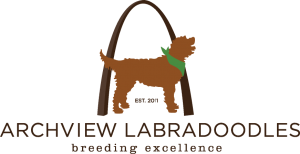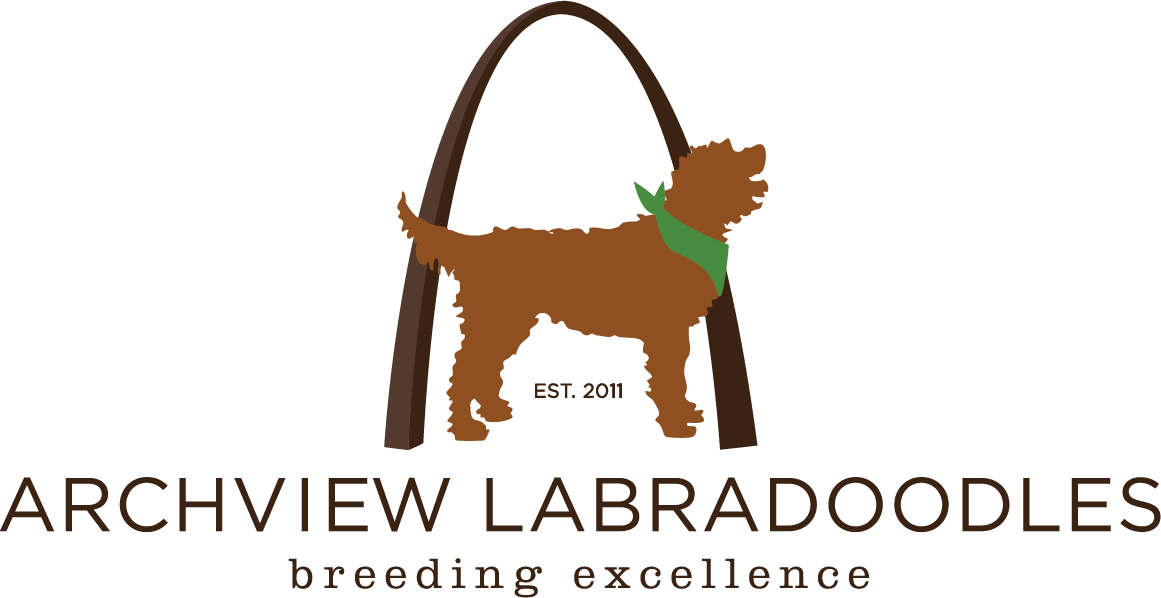
One of the most important things to research prior to bringing your puppy home is the diet that you want them to follow. Essential nutrition is crucial during your puppy’s developmental stages so that they grow up strong and healthy. We’ve broken down some of our top tips and tricks for evaluating your dog’s diet and how to safely switch them to the food of your choice.
What’s Good for Growing Pups?
With so many different options to choose from, it is easy to get overwhelmed when selecting a dog food. First things first, your new addition needs to consume a diet of puppy food for the first several months of their life. Puppy food is high in nutrients necessary to help your puppy develop properly. Adult dog food is lower in these nutritional qualities as adult dogs have already grown through the developmental stages.

Your new puppy has a small belly, therefore it is important to feed them four small meals a day to meet their nutritional needs. When your puppy has reached four to five months in age, you can decrease these feedings to three times a day. Depending on your puppy’s size, they can make the transition to adult dog food between six and twelve months. Small dogs can make the switch earlier, but bigger dogs who have more growing to do should continue to be fed puppy food until they are nearly grown. It is better to feed puppy food longer than to make the switch to adult food too soon!
But Which Food is Best?
Before you even pick a brand, you have to choose between canned food or kibbles. Here is a breakdown of what to expect with each of these options:
- Canned food is the most expensive, but is easier for teething puppies or older dogs to eat. Make sure that your canned food options meet all of your puppy’s nutritional requirements.
- Kibbles, depending on the brand, are more likely offer diverse diet options and are more budget friendly. If your dog has a hard time chewing on kibble, you can always moisten them with water or chicken broth!
Now you have to decide which brand is best for your new best friend. We recommend using Dog Food Advisor to compare the many different options you can choose from. You can read honest reviews, sign up for free recall alerts and use their dog food calculator to determine the quantity of food you should be feeding your pet daily.
Your vet is also an important resource when determining the diet for your dog. Your vet knows your dog’s medical history and what options will be best suited for them. Always consult with your vet prior to making a diet switch.

The Big Switch
Puppies have sensitive bellies and a dramatic switch in diet change can make them ill. Always gradually transition your puppy from one food to the next to prevent digestive upset. A seven day transition period is the easiest for your new friend to adjust to.
Start by introducing small quantities of the new food to their current diet. By the third or fourth day, your puppy should be getting half and half. Continue to reduce the amount of the old food that your puppy gets at each feeding and by day seven they can receive solely the new food.
Some things to keep in mind when switching foods:
- Pick a food that is easy for your dog to digest. You wouldn’t want to get your miniature Labradoodle large breed dog food as the kibbles will be too large for them to comfortably chew.
- Pick a dog food that is easy for you grab in a pinch if you run out. Purchasing a food that is a great distance from your home is not practical for last minute dog food runs.
- If your puppy hesitates to try their new food, consider soaking it in warm water or in chicken broth to entice them the first few feedings. Always discard wet, uneaten food at the end of the day.

Archview puppy Ollie and his mom, Miranda.
And always be careful on the treats, especially human foods. There are many foods that could be toxic to your pet or lead to them becoming overweight.
If you are ready to add your new furry friend to your family, you are in luck! We have a variety of little bundles of joy who are almost ready to go to their new homes. Check out all of our available puppies here!







Leave a Reply